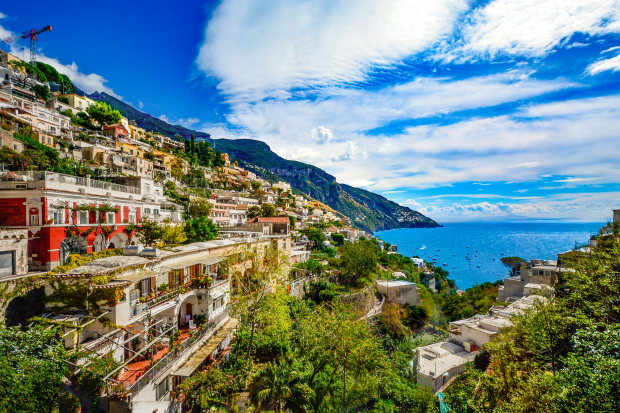“Italy is a dream that keeps returning for the rest of your life.”
-Anna Akhmatova
Take a stroll along marvelous castles, snap some unforgettable pictures at the famous Leaning Tower of Pisa, enjoy a delicious breakfast by the water at the Grand Canal- the most beautiful street in Venice, or sip on some wine with a breath-taking view. If this doesn’t get you inspired to plan your next sabbatical to Italy, then we don’t know what will. Italian, one of the five Romance languages, is spoken by over 63 million people worldwide. It is the official language of Italy, San Marino, Vatican City, one of the official languages of Switzerland, and is considered a minority language in Croatia, Slovenia, and Brazil.
In our series ‘Talk the Talk’ we cover the basic phrases you’ll need to be able to speak when traveling to another country. We’ve laid out 40 basic Italian words and phrases, along with their phonetic pronunciations, so that you can make the most out of your Italian sabbatical.
You may also want some live instruction to help your fluency. Find private Italian language lessons tailored to you (in-person or online) at TakeLessons.com.
Related: Taking a Sabbatical? What You Need to Know and 15 Best Travel Apps for Vacations and Sabbaticals.
Common Italian Phrases For Travel
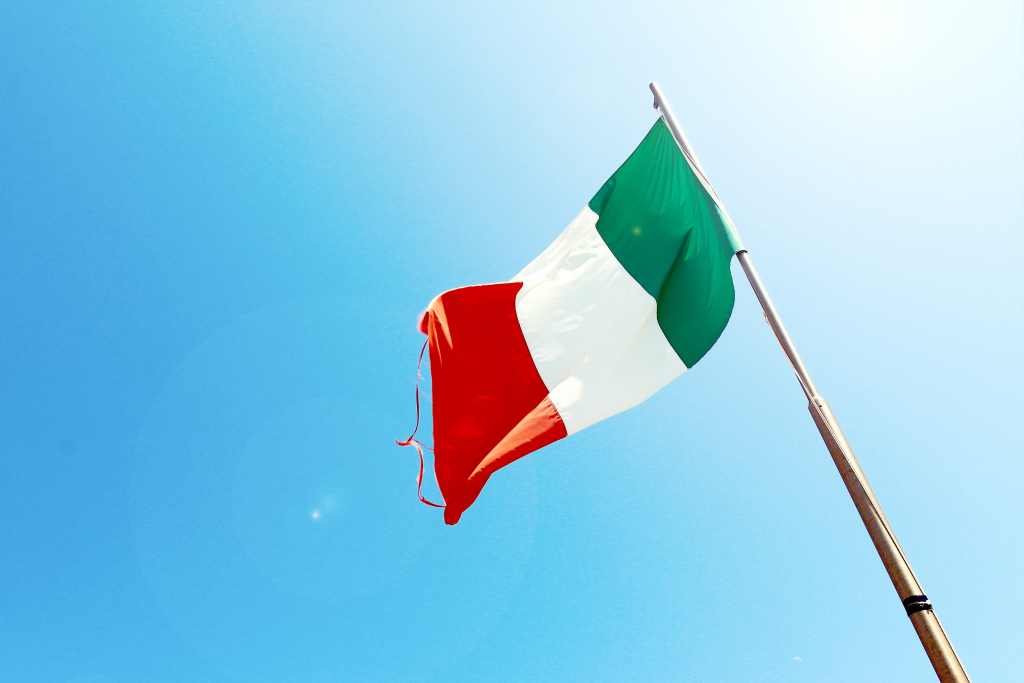
1. How to Say Yes in Italian
“Yes” in Italian is: Sì
“Yes” in Italian is pronounced: See
2. How to Say No in Italian
“No” in Italian is: No
“No” in Italian is pronounced: Noh
3. How to Say Why in Italian
“Why” in Italian is: Perché
“Why” in Italian is pronounced: Per-keh
4. How to Say Me in Italian
“Me” in Italian is: Me
“Me” in Italian is pronounced: Meh
5. How to Say You in Italian
“You” in Italian is: Tu
“You” in Italian is pronounced: Too
6. How to Say How are You in Italian
“How are you” in Italian is: Come va
“How are you” in Italian is pronounced: Koh-meh vah
7. How to Say Yes Please in Italian
“Yes please” in Italian is: Sì, grazie
“Yes please” in Italian is pronounced: See, gra-tzie
8. How to Say No Thank you in Italian
“No thank you” in Italian is: No, grazie
“No thank you” in Italian is pronounced: Noh, graht-zee-eh
9. How to Say Good in Italian
“Good” in Italian is: Bene
“Good” in Italian is pronounced: Beh-neh
10. How to Say Friend in Italian
“Friend” in Italian is: Amico (masculine), Amica (feminine)
“Friend” in Italian is pronounced: Ah-mee-ko, ah-mee-ka
11. How to Say What is Your Name in Italian
“What is your name” in Italian is: Come ti chiami
“What is your name” in Italian is pronounced: Koh-meh ti-kya-mih
Related: 40 Basic Spanish Phrases for Travel.
Italian Greeting/Farewell Phrases

12. How to Say Hello in Italian
“Hello” in Italian is: Ciao
“Hello” in Italian is pronounced: Cha-oh
13. How to Say Good Morning in Italian
“Good Morning” in Italian is: Buongiorno
“Good Morning” in Italian is pronounced: Bwohn-johr-noh
14. How to Say Good Afternoon in Italian
“Good afternoon” in Italian is: Buon pomeriggio
“Good afternoon” in Italian is pronounced: Bwohn-poh-meh-ri-joh
15. How to Say Good Evening in Italian
“Good Evening” in Italian is: Buonasera
“Good Evening” in Italian is pronounced: Bwoh-nah-seh-rah
16. How to Say Goodnight in Italian
“Good Night” in Italian is: Buona notte
“Good Evening” in Italian is pronounced: Bwoh-nah-noh-teh
17. How to Say Goodbye in Italian
“Goodbye” in Italian is: Ciao or Arrivederci
“Goodbye” in Italian is pronounced: Cha-oh or Ahr-ree-veh-dehr-chee
18. How to Say See You Later/See You Soon in Italian
“See you later” in Italian is: A presto
“See you later” in Italian is pronounced: Ah pre-stoh
Related: 35 Basic Phrases in German For Travelers
Italian Etiquette Phrases

19. How to Say Excuse me in Italian
“Excuse me” in Italian is: Mi scusi
“Excuse me” in Italian is pronounced: Mee skooh-zee
20. How to Say No Problem in Italian
“No Problem” in Italian is: Nessun Problema
“No Problem” in Italian is pronounced: Neh-soon Pro-ble-mah
21. How to Say You’re Welcome in Italian
“You’re welcome” in Italian is: Prego
“You’re welcome” in Italian is pronounced: Preh-goh
22. How to Say Bless You in Italian
“Bless you” in Italian is: Salute
“Bless you” in Italian is pronounced: Sa-loo-teh
23. How to Say Have a Good Day in Italian
“Have a good day” in Italian is: Buona giornata
“Have a good day” in Italian is pronounced: Bwo-nah jor-nah-tah
24. How to Say Nice to Meet You in Italian
“Nice to meet you” in Italian is: Piacere di conoscerti
“Nice to meet you” in Italian is pronounced: Pi-ah che-reh di koh-noh-sher-ti
Related: 40 Basic French Phrases for Travelers.
Basic Italian Phrases To Help You Get Around
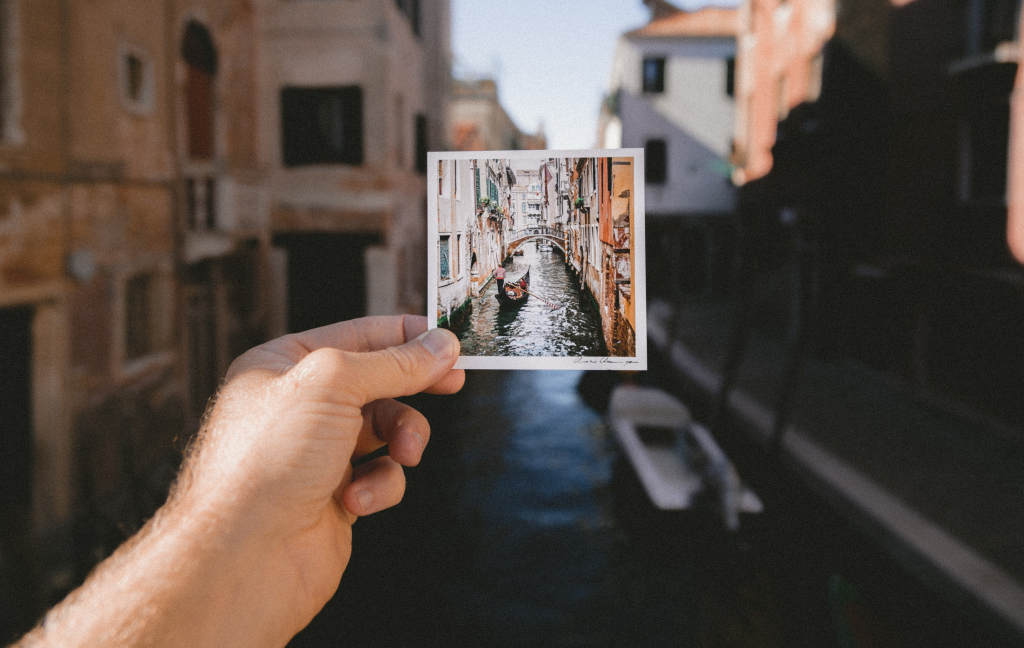
25. How to Say Do you Speak English in Italian
“Do you speak English” in Italian is: Lei parla inglese?
“Do you speak English” in Italian is pronounced: Ley pahr-lah een-gleh-zeh?
26. How to Say Can you Help Me in Italian
“Can you help me” in Italian is: Mi potete aiutare
“Can you help me” in Italian pronounced: Mi poh-te-tey you-tah-reh
27. How to Say Where is in Italian
“Where is” in Italian is: Dove è
“Where is” in Italian is pronounced: Do-veh
28. How to Say How Much in Italian
“How much” in Italian is: Quanto è?
“How much” in Italian is pronounced: Kwanh-toh eh
29. How to Say What is That in Italian
“What is that” in Italian is: Cos’è quello
“What is that” in Italian is pronounced: Koh-ze Kweh-loh
30. How to Say I Don’t Understand in Italian
“I don’t understand” in Italian is: Non capisco
“I don’t understand” in Italian is pronounced: Non ka-peesk-koh
31. How to Say “How do you say ___ in Italian”
“How do you say ___ in Italian” is: Come si dice ____ in italiano?
“How do you say ___ in Italian” is pronounced: Koh-me see dee-cheh ___ een ee-tah-lee-ah-noh
32. How to Say Could You Repeat That Please in Italian
“Could you repeat that please” in Italian is: Potrebbe ripetere, per favore
“Could you repeat that please” in Italian is pronounced: Poh-tre-beh ri-pe-treh per fah-voh-reh
33. How to Say Just a Moment in Italian
“Just a moment” in Italian is: Sólo un momento
“Just a moment” in Italian is pronounced: Soh-loh oon moh-men-toh
34. How to Say It Hurts Here in Italian
“It hurts here” in Italian is: Mi fa male qui
“It hurts here” in Italian is pronounced: Mi fa ma-leh kwi
35. How to Say “I’m Sorry to Bother You, But” in Italian
“I’m sorry to bother you, but” in Italian is: Mi dispiace disturbarla, ma
“I’m sorry to bother you, but” in Italian is pronounced: Mee dees-pyah-cheh di-stur-bah-rlah, ma
36. How to Say Where is the Closest Supermarket in Italian
“Where is the closest supermarket” in Italian is: Dov’è il supermercato più vicino
“Where is the closest supermarket” in Italian is pronounced: Doh-vey il suoer-mer-kah-toh pyu vi-chi-noh
Italian Housing-Related Phrases

37. How to Say Do You Have an Extra Key in Italian
“Do you have an extra key” in Italian is: Hai una chiave extra
“Do you have an extra key” in Italian is pronounced: Ay una kya-veh extra
38. How to Say Are Utilities Included in Italian
“Are utilities included” in Italian is: Sono incluse le utilità
“Are utility rates included” in Italian is pronounced: Sono in-kloo-ze le oo-ti-li-tah
39. How to Say How Much Does the Connection to the Internet Cost in Italian
“How much does the connection to the Internet cost” in Italian is: Quanto costa la
“How much does the connection to the Internet cost” in Italian is pronounced: Kwan-toh kos-tah la koh-ne-syo-neh a Internet
40. How to Say Is There Something I Should Know About the Neighborhood in Italian
“Is there something I should know about the neighborhood” in Italian is: C’è
“Is there something I should know about the neighborhood” in Italian is pronounced: Che kwa-lkoh-sah keh doh-vrey sa-peh-reh sool vi-chi-na-toh
History of the Italian Language
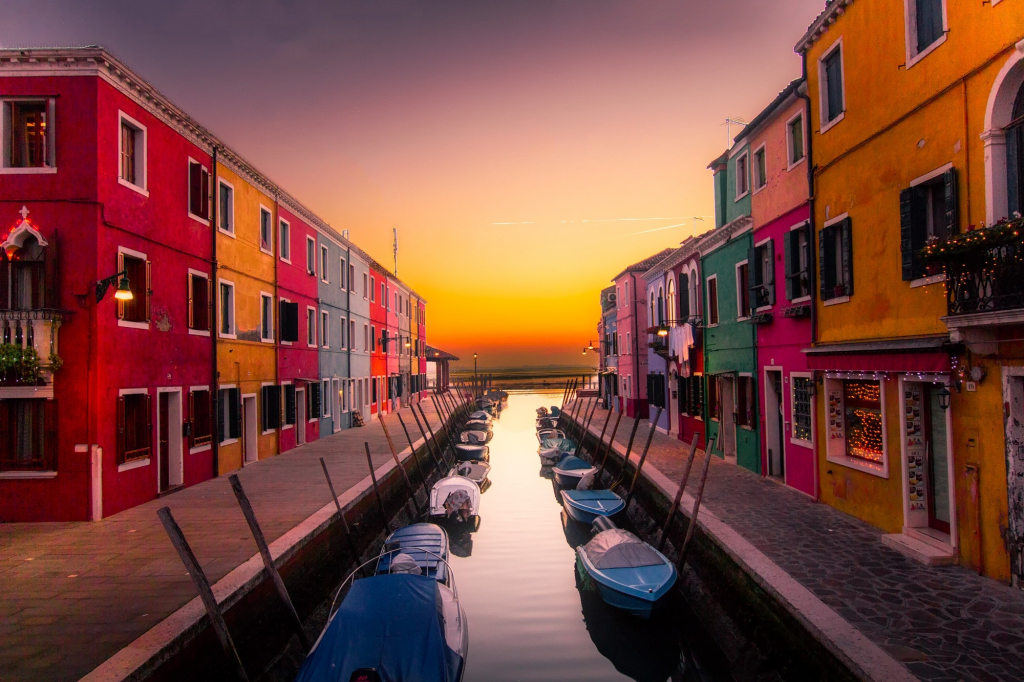
Knowing basic words and phrases of a foreign language is one thing, but being aware of some key historical facts concerning the language is another. Plus, it serves as a huge bonus when traveling internationally. Italian is recognized as a language of Roman descent and is one of the five universal romance languages, along with Portuguese, French, Spanish, and Romanian. In contrast to what it may seem, the term “romance language” literally translates to “Romanica
History of Italian Language: Origins

The Italian language developed after the fall of the Roman Empire during the 5th century. Latin was the official shared language across the Empire during the Roman rule, referred to as “Madre Franca.” After the demise of the Empire, the region split into a number of successor polities. Vernacular and local forms of the language remained important in the people’s everyday life. Latin did, however, remain as the dominant language throughout Europe.
Historically speaking, the basis of modern Italian is considered to be the “high” Tuscan dialect. This dialect was used in the writings of three very significant poets of the 14th century: Alighieri, Boccaccio, and Petrarch. It was decided that
Even so, Italian, as is known today, was developed throughout the years, beginning in the 1600s, after long-going debates concerning that the correct form of the language ought to be.
Italian Dialects
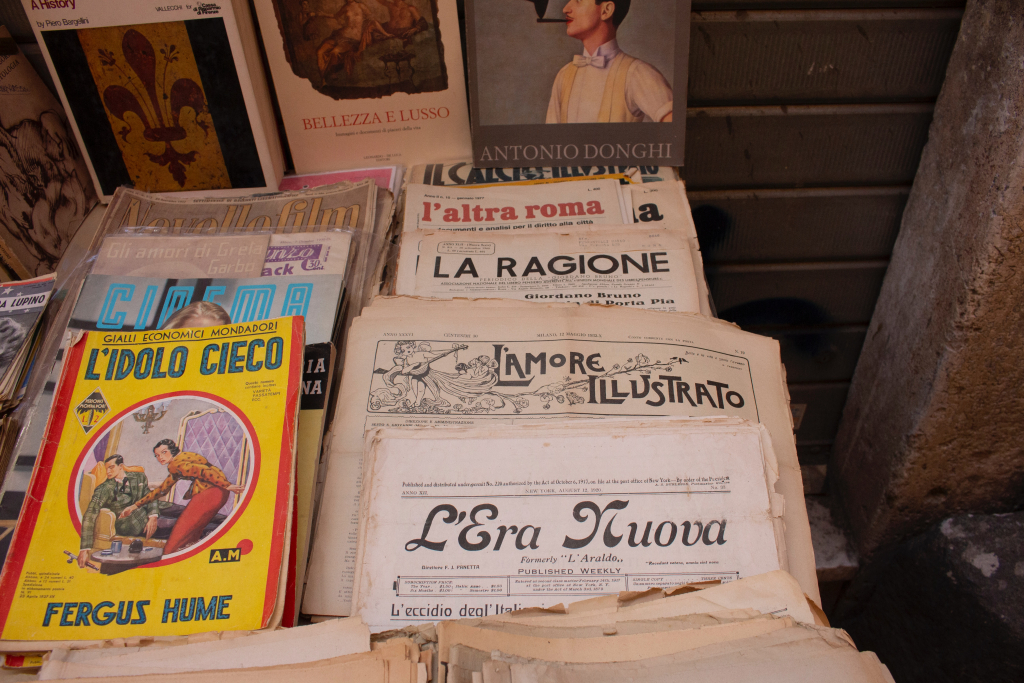
Even though we may refer to varieties of the Italian language as “dialects,” it is important to note that strictly speaking, these “dialects” are actually different languages. These languages evolved from Latin independently before people eventually decided that Italian was to be the common language in the region.
Today, you will notice that Italian will sound different even within the same geographical regions. This phenomenon is fascinating and makes Italy quite unique. For starters, dialects and accents can vary significantly, even when cities or towns may be just a few miles apart. How is this so? Before the unification of Italy in 1861, the region was divided into states ruled separately. As a result, for centuries the population expressed themselves with language that was influenced by regional and local dialects.
We can see an example of this in Tuscany. Tuscany may not have proper differentiating dialects; however, Pisa and Livorno accents will sound very different from the Florentine, Lucca, or Arezzo accents.
In other Italian regions, you will notice dialectal differences between areas that are only a few kilometers away from each other, or even within the same Province. You will notice that many different dialects are widely present in urban centers.
Incorporating Dialects into Official Italian Language
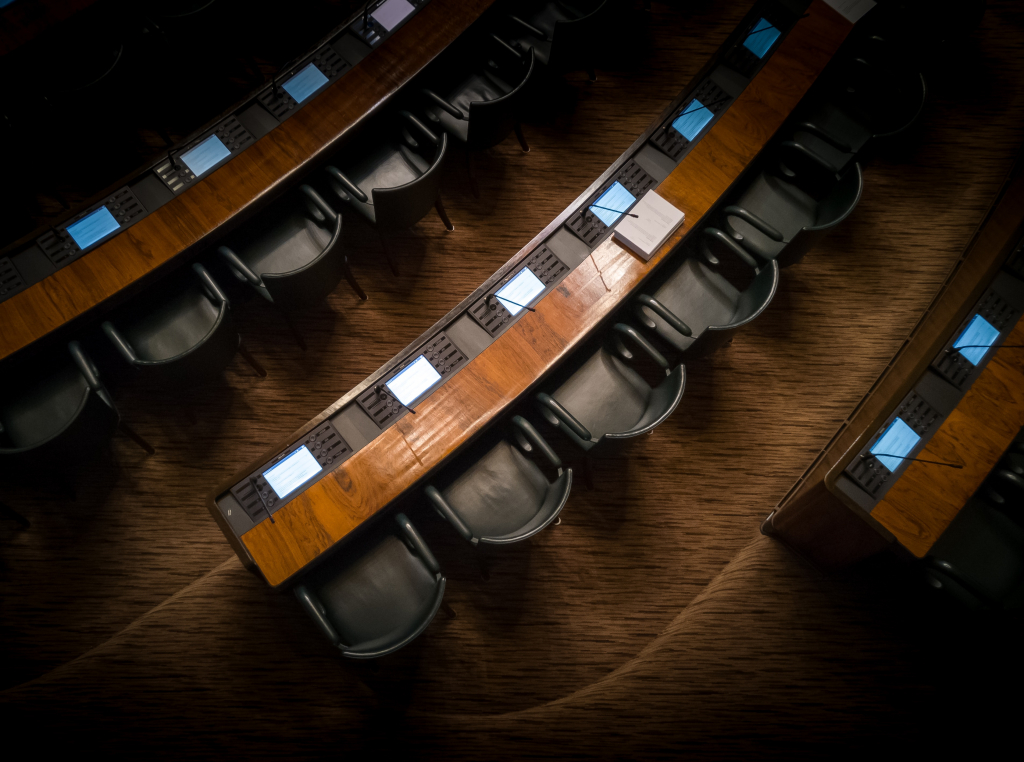
Italian dialects today are also used as informal ways of communicating within families, as well as in different social settings. Despite it being more common amongst the older Italian generations, the younger generations also understand or express themselves in their own dialects.
To make matters even more interesting, a vast number of regional terms from different Italian territories have made their way into the national Italian language during the last 50 years. This phenomenon has widely decreased the misconception that Italian dialects represent the lower-working class, and instead, has emphasized the cultural richness that the Italian language holds. For example, statistics show that in one of Italy’s most financially developed regions, Vento, approximately 50% of the population speaks in dialect both in social and familial situations.
Conclusion
Whatever form of Italian you encounter while on your Italian sabbatical, or just traveling through Italy or another Italian speaking-country, make sure you have a few phrases in your back pocket and enjoy!
Plan your sabbatical to Italy today.
Related: 5 Simple Steps to Get Started with Sabbatical Homes.
Learn basic phrases in a foreign language to help ease traveling to another country. Let us know what you think! Connect with us on Twitter, LinkedIn, Facebook, Instagram, YouTube and Pinterest.


